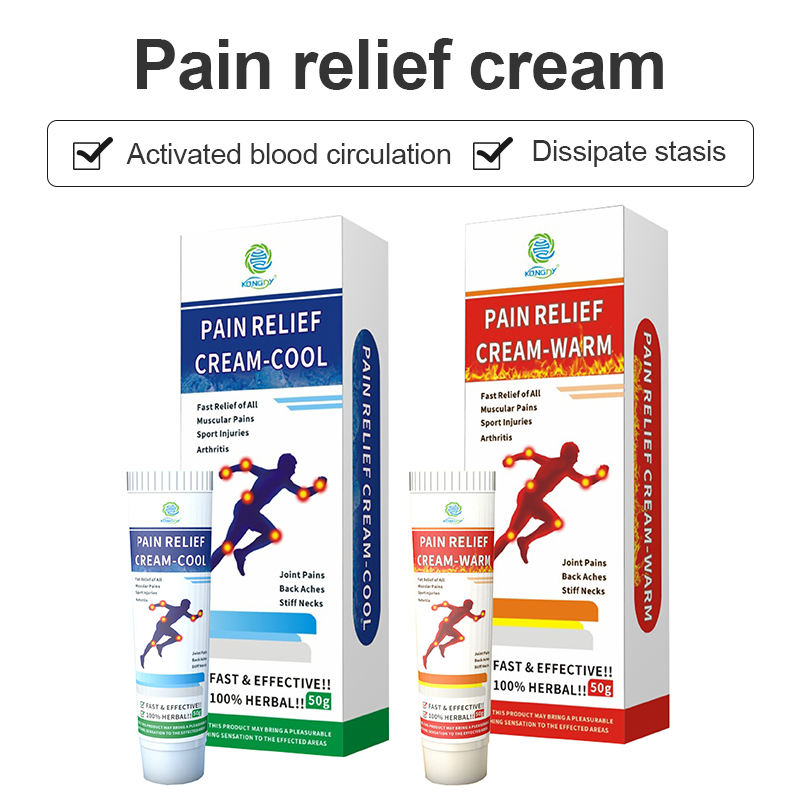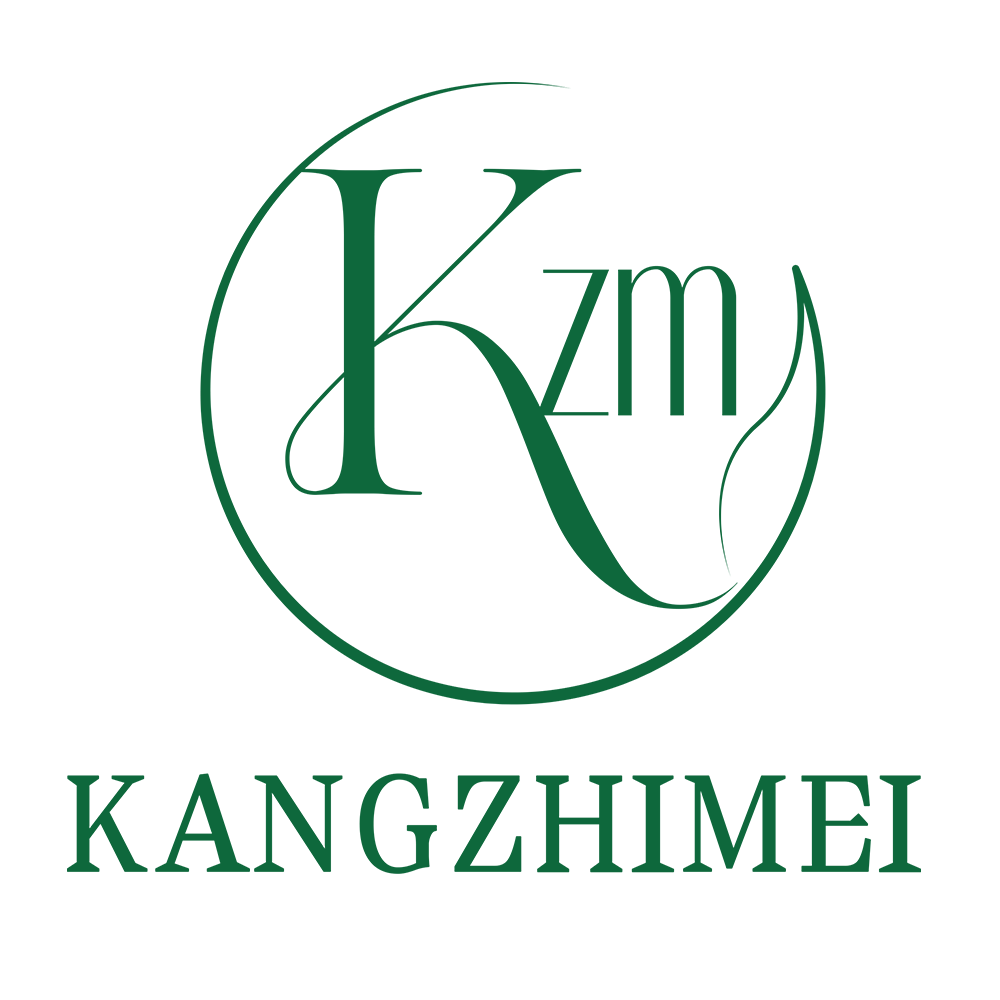Pain relief cream manufacturers play a vital role in the healthcare industry, producing topical solutions that millions rely on for managing everyday discomfort. These companies operate at the intersection of pharmaceutical science and consumer goods, balancing efficacy, safety, and user experience in their products.
The manufacturing process for pain relief creams involves sophisticated equipment and stringent quality control measures. Facilities are typically equipped with advanced mixing and emulsification systems to ensure uniform distribution of active ingredients throughout the base cream. Manufacturers must adhere to Good Manufacturing Practices (GMP) and often undergo regular inspections by regulatory bodies.

Research and development are crucial aspects of pain relief cream manufacturing. Companies invest heavily in formulation labs where chemists and pharmacologists work to develop new, more effective combinations of ingredients. This process often involves stability testing, absorption studies, and clinical trials to validate the efficacy and safety of new formulations.
Sourcing high-quality ingredients is a key challenge for manufacturers. Many pain relief creams incorporate both synthetic and natural components, requiring a robust supply chain management system. Manufacturers must ensure the purity and potency of active ingredients while also considering factors like sustainability and ethical sourcing.
Packaging innovation is another area of focus for pain relief cream manufacturers. They develop user-friendly dispensers that prevent contamination and ensure accurate dosing. Some manufacturers are exploring eco-friendly packaging options to appeal to environmentally conscious consumers.
Regulatory compliance is a significant aspect of pain relief cream manufacturing. Depending on the ingredients and claims made, these products may be classified as over-the-counter drugs or cosmetics, each with its own set of regulations. Manufacturers must navigate these complex regulatory landscapes across different markets.
As consumer preferences evolve, pain relief cream manufacturers are adapting by offering more natural formulations, exploring novel delivery systems, and developing targeted solutions for specific types of pain or consumer groups.






